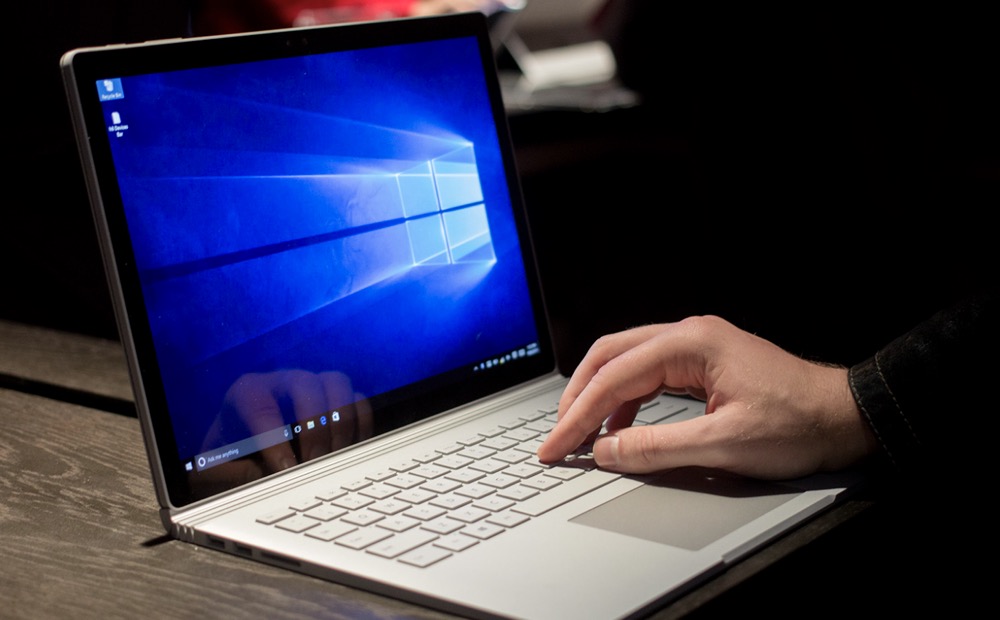RPM stands for Red Hat package manager and is one of the components used in Linux . It is being used widely in many Linux distributions such as Fedora , Mandriva and so on . Well it is quite easy to install an rpm but for extracting it you need to have access to a terminal or console .With the following hack you will be able to extract an RPM file.
Steps
RPM is a sort of cpio archive.
So rpm2cpio converts the specified .rpm file to a cpio archive. Unpack the content of rpm is possible using standard archiving tools, regardless of your distribution’s package format. Even though rpm utility is capable of doing so , here is a more generic option on how to do it. WH.performance.clearMarks(‘image1_rendered’); WH.performance.mark(‘image1_rendered’);
Open a terminal (or Console as it is usually called in KDE).
Download the rpm file which you want to install and place it in a place of your choice.
mkdir testing cd testing wget ftp://download.fedora.redhat.com/pub/fedora/linux/updates/11/SRPMS/mediawiki-1.15.1-50.fc11.src.rpm
Now using the two command line utilities, rpm2cpio and cpio you could try to extract all the files.
rpm2cpio mediawiki-1.15.1-50.fc11.src.rpm | cpio -idmv
You could also try installing with following arguments.
- i: Restore archive
- d: Create leading directories where needed
- m: Retain previous file modification times when creating files
- v: Verbose i.e. display progress
The package most probably has been extracted to that directory.
To check whether you have been successful in extracting it properly type in. ls
- If you get some file names when you run the command, rpm has been extracted successfully into that directory.
